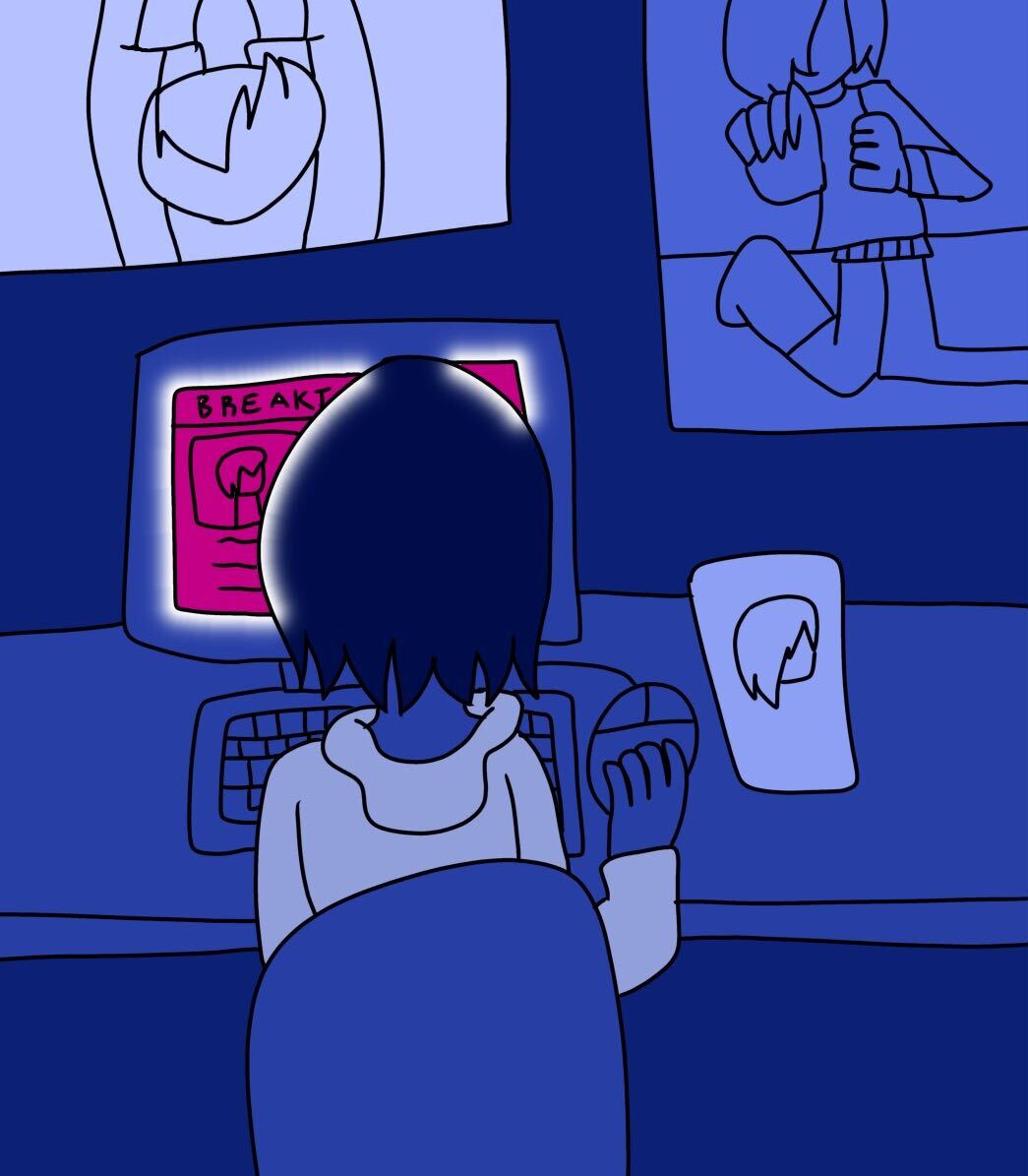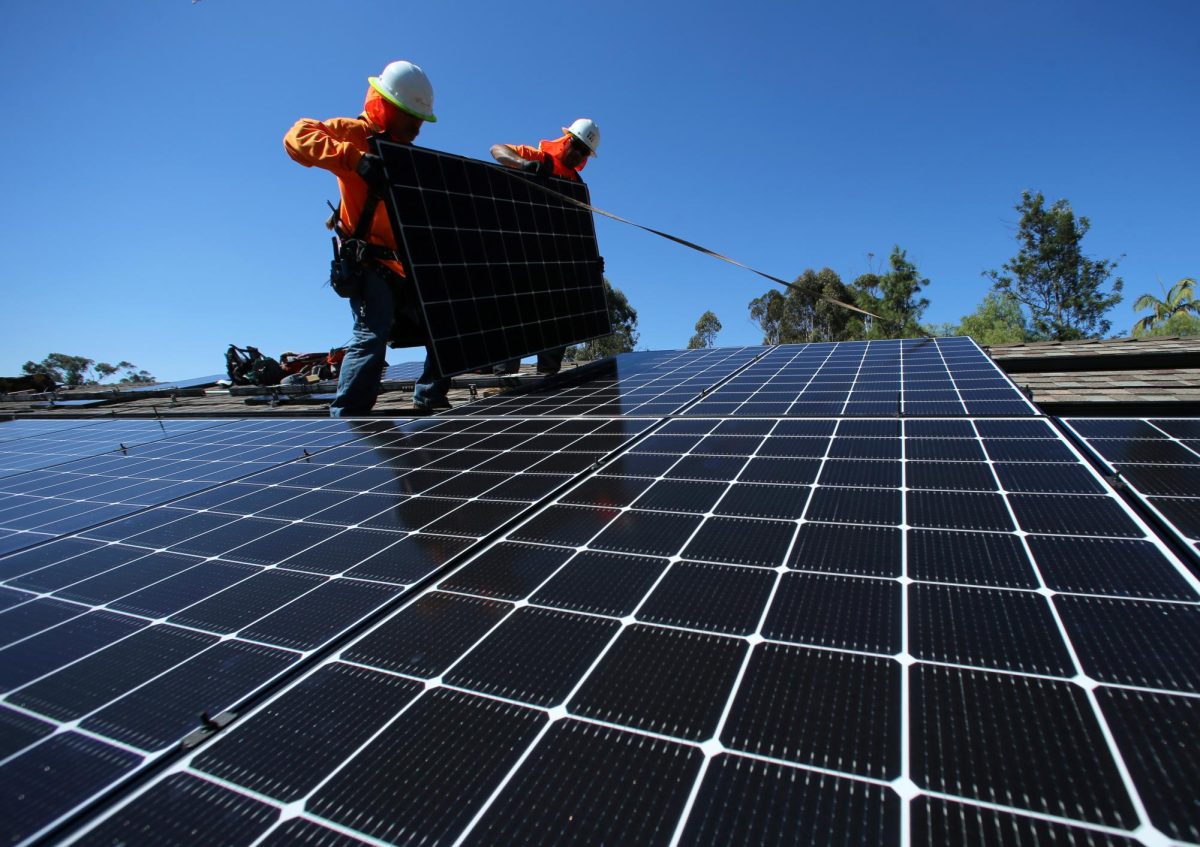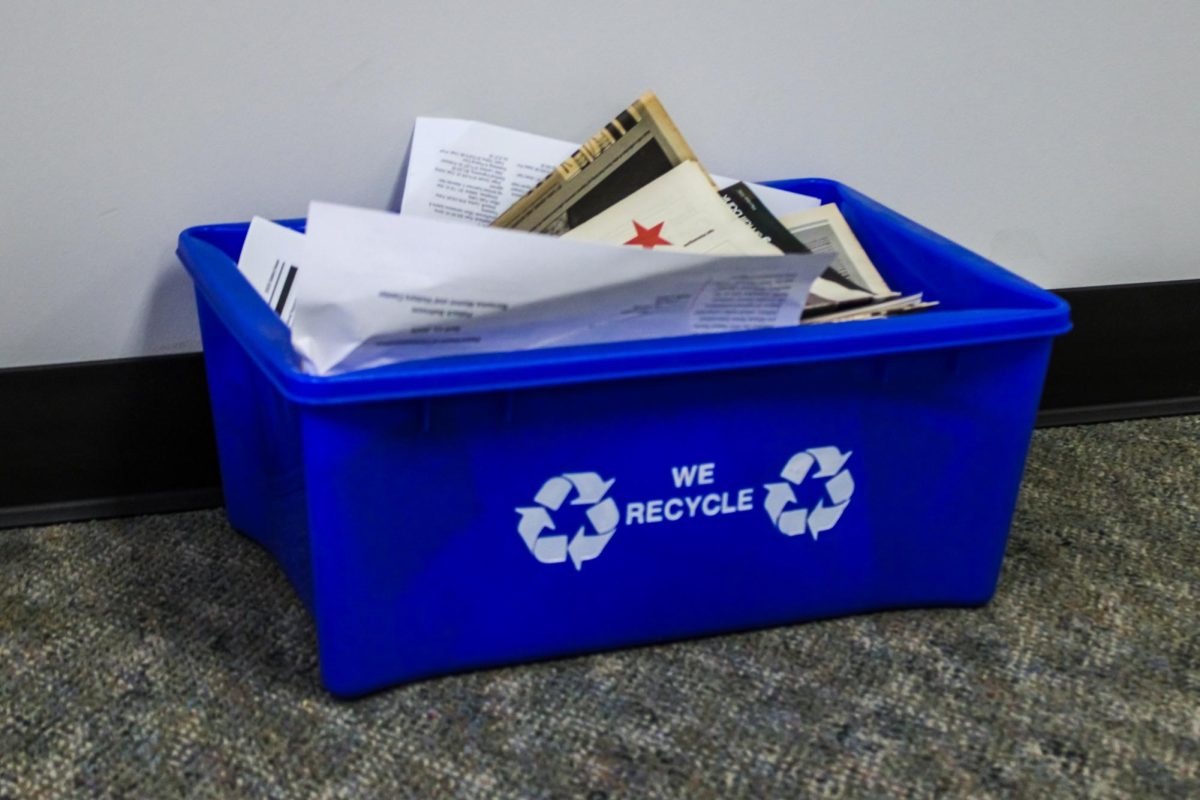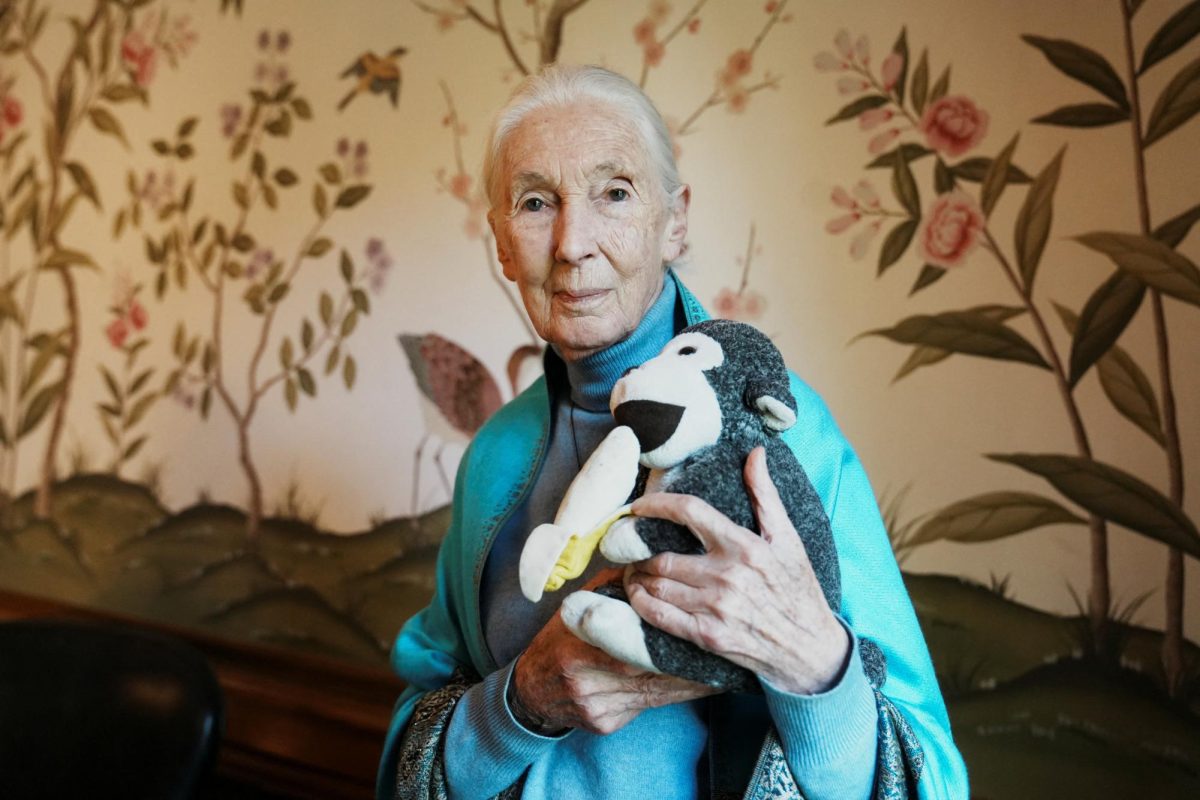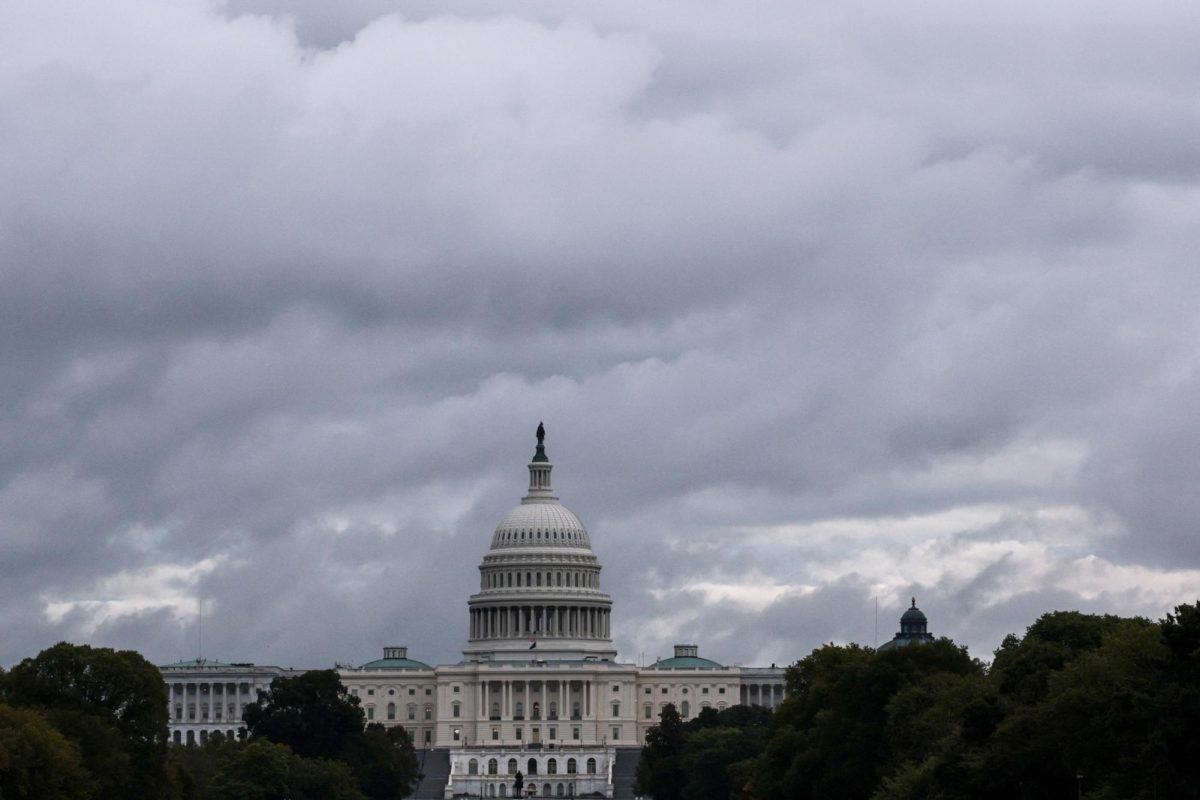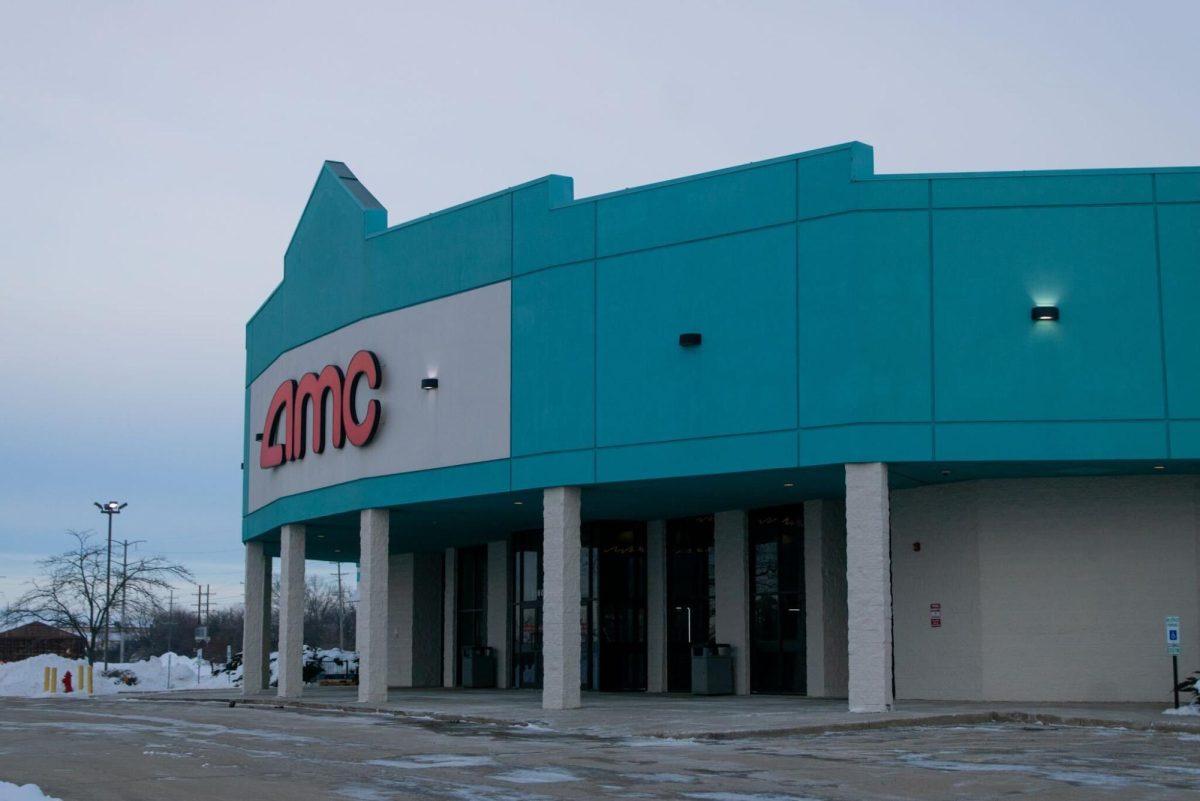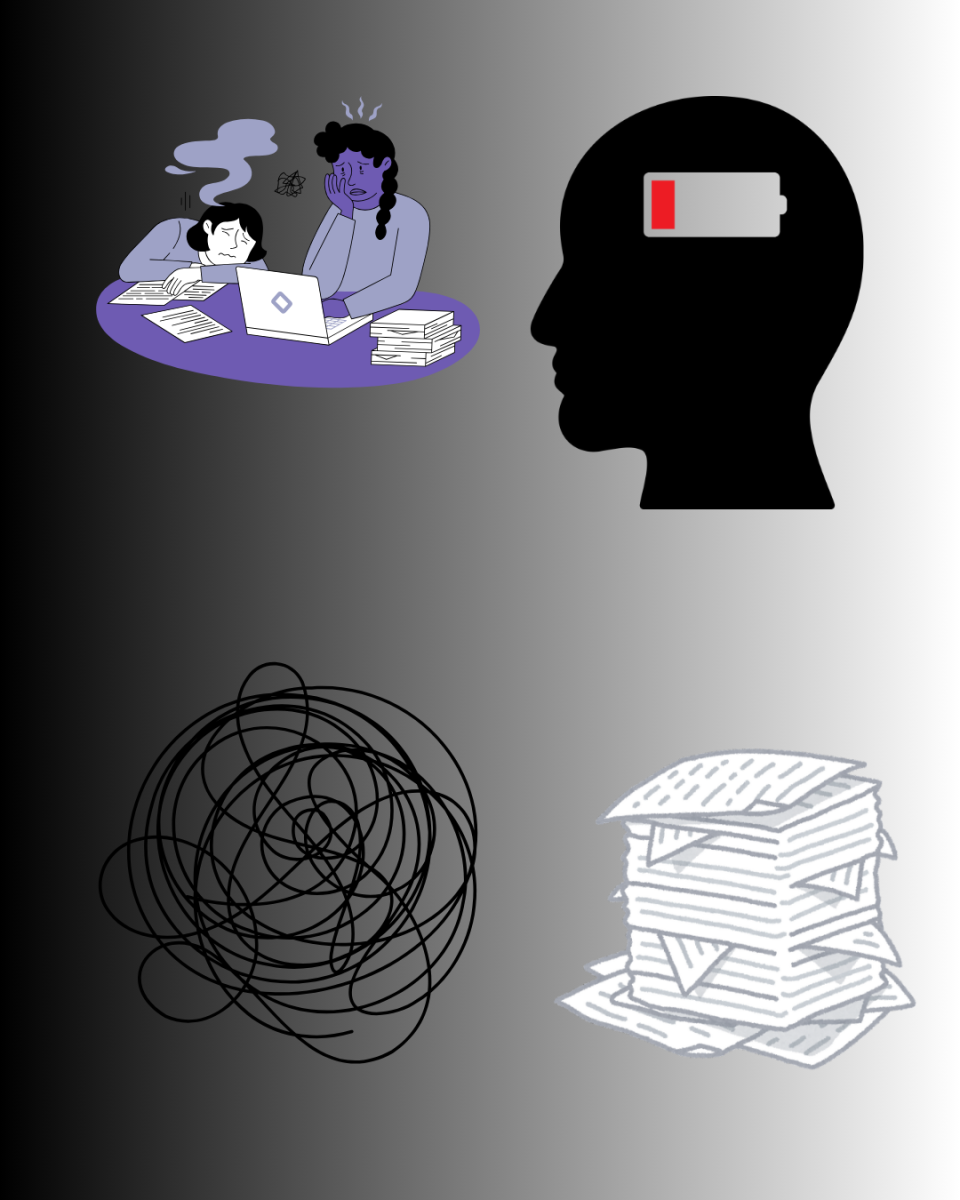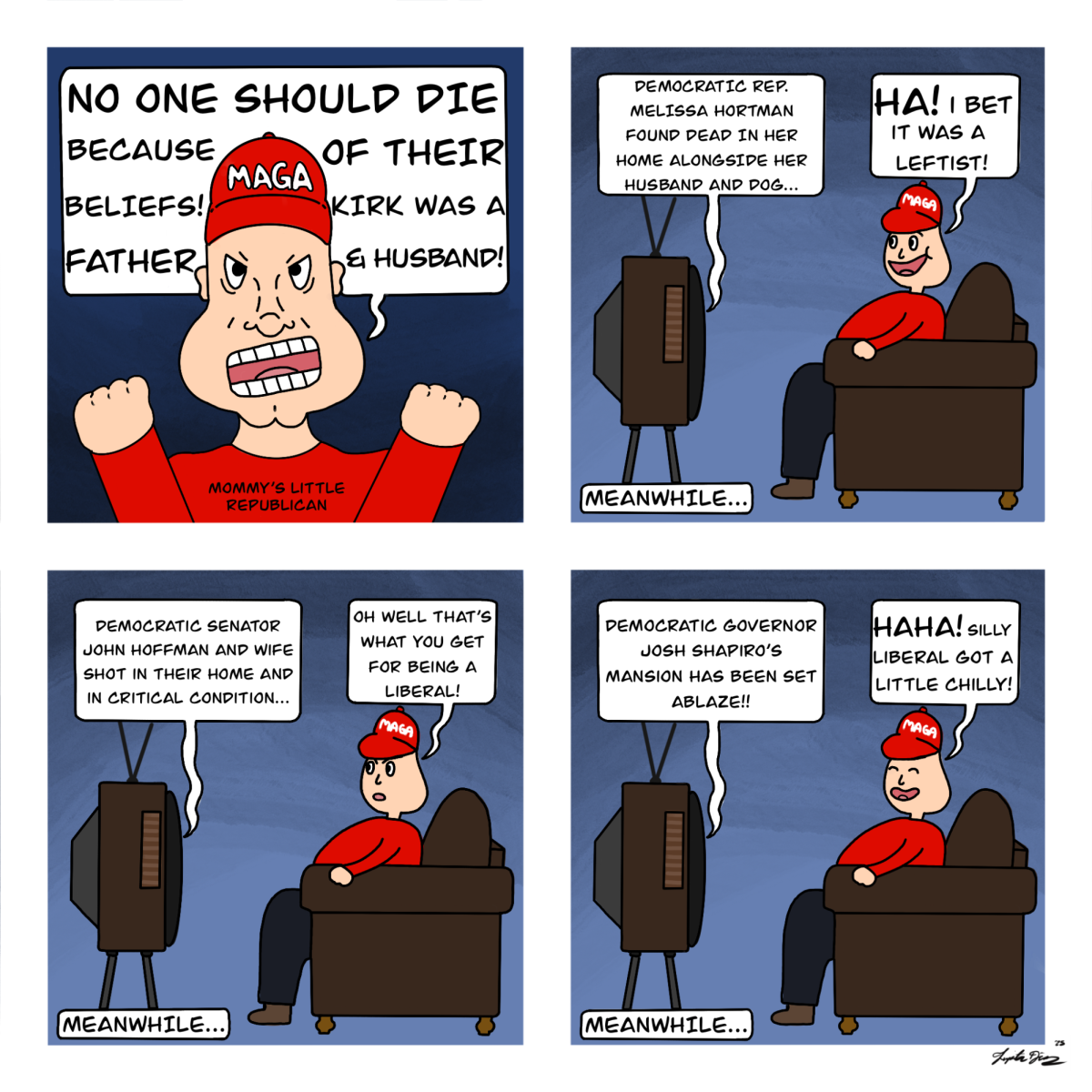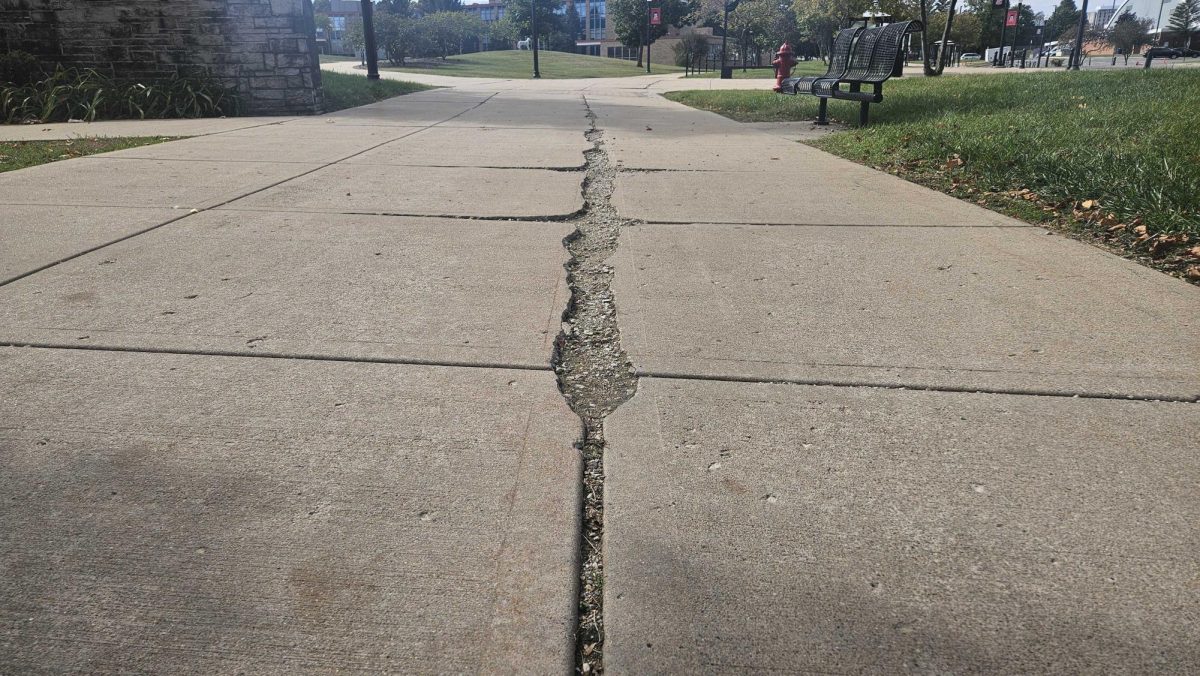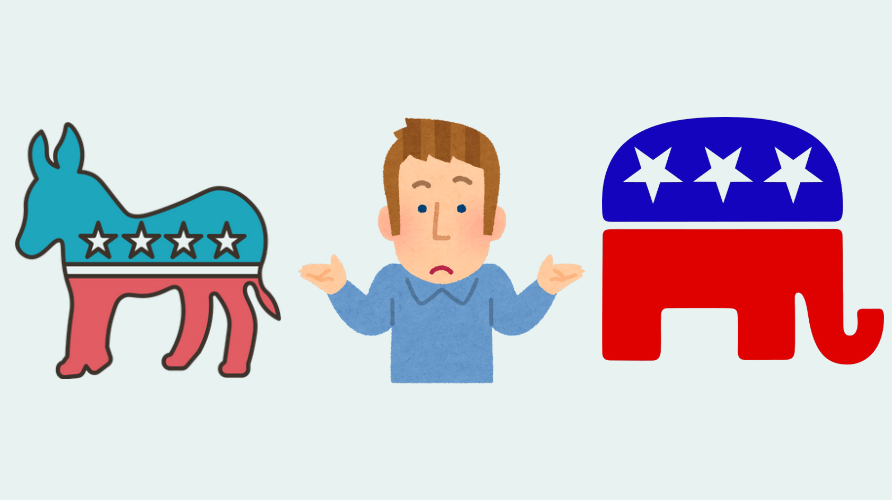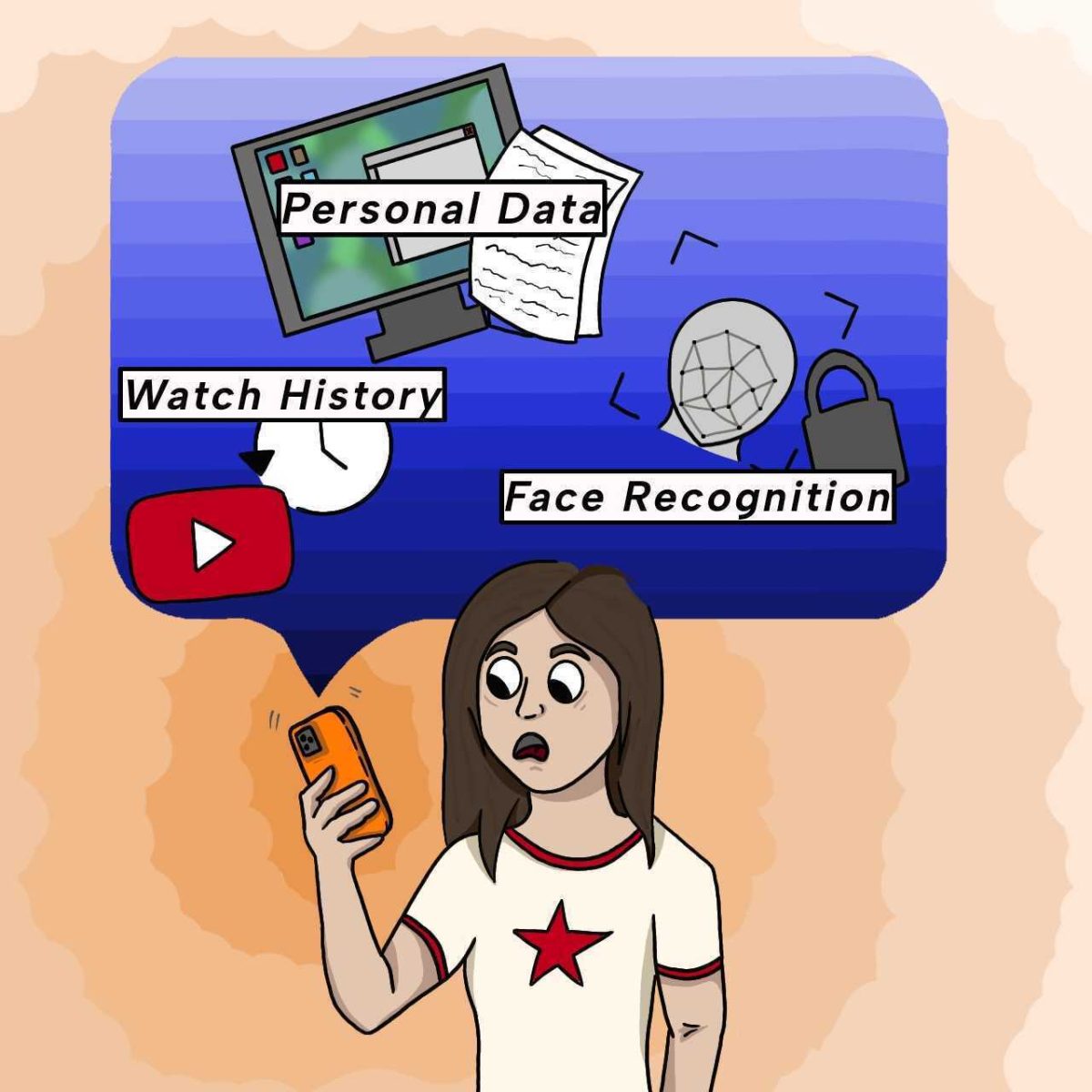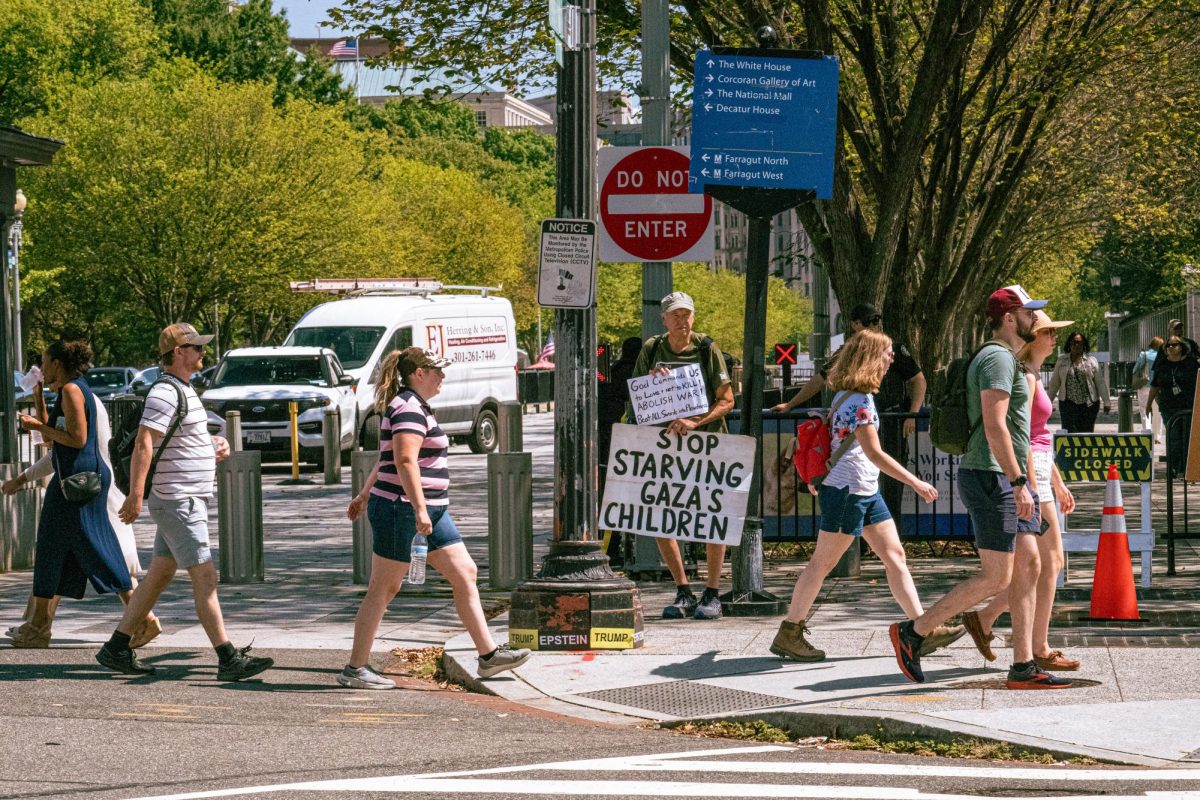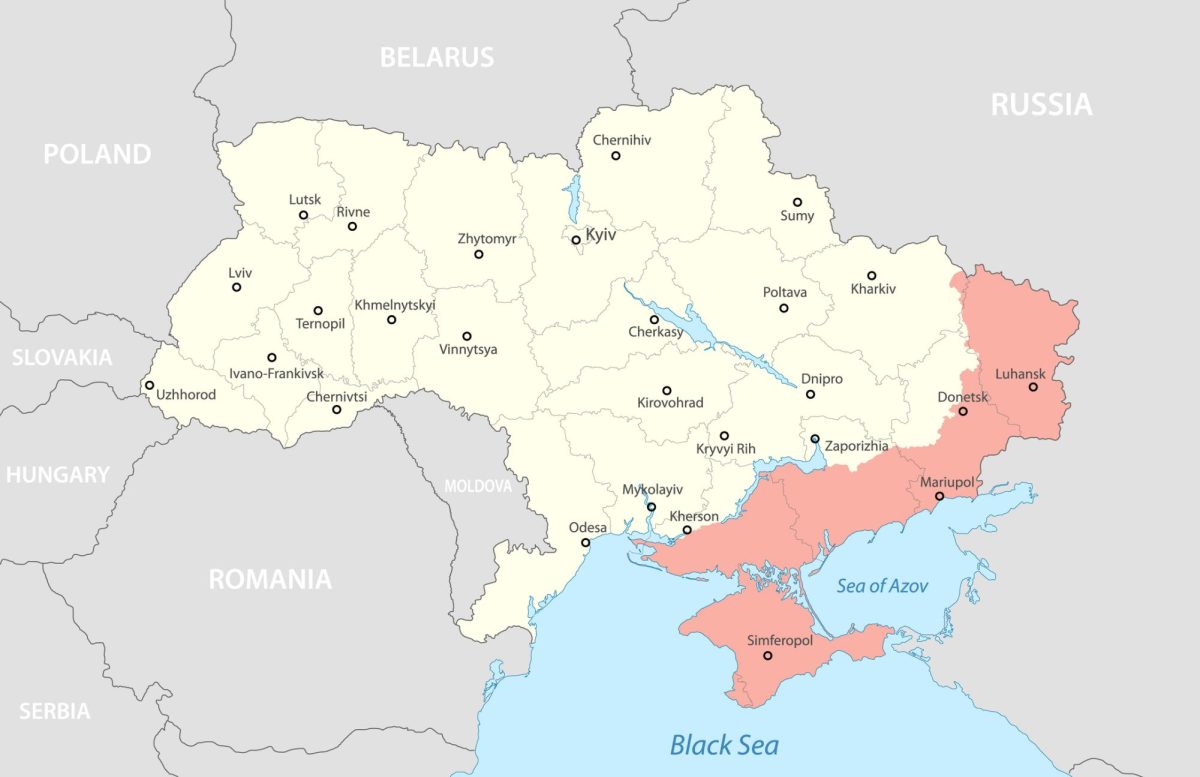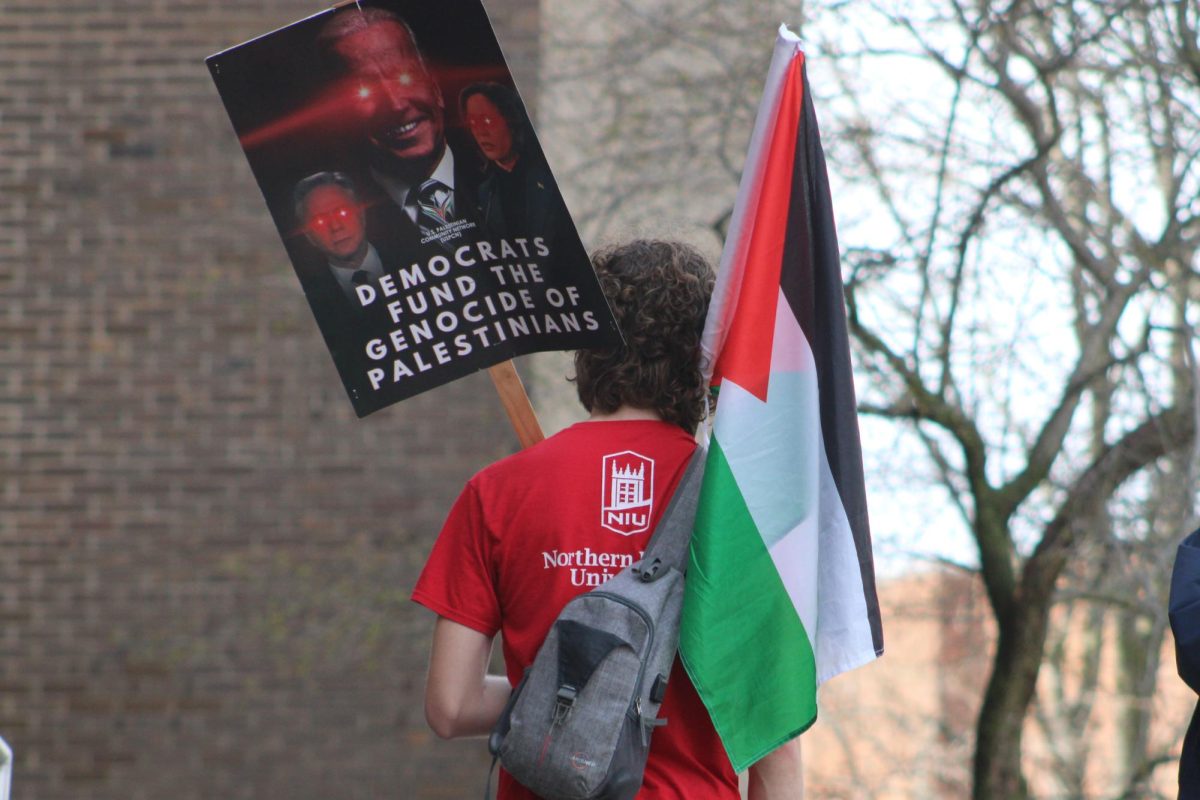On March 22, 2024, hip-hop’s boogeyman returned from a 10-month silence to do what he does best: shake the industry awake. With a single feature verse on Future and Metro Boomin’s collaboration project “We Don’t Trust You,” Kendrick Lamar put the rap game on notice, asserting himself as the king of hip-hop and taking shots at contemporaries J. Cole and Drake in the process.
What followed was weeks of musical back-and-forth between a host of artists, several of whom hadn’t been mentioned by Lamar on his inciting track, “Like That.” The main event, however, was the showdown between Lamar and his polar opposite, Drake.
In one of the defining pop-culture moments of the decade, Lamar and Drake exchanged eight records over the course of just three weeks, captivating the ears of millions tuning into the drama.
But what started with competitive jabs on Lamar’s “Like That” and Drake’s response track “Push Ups” quickly devolved into mudslinging and character assassination with the release of records like “Family Matters” and “meet the grahams.”
On “Family Matters,” Drake took aim at the likes of Lamar, Rick Ross, A$AP Rocky, and The Weeknd over three menacing beats, concluding with the allegation that Lamar abused his long-time fiance, Whitney Alford, and paid a crisis management team to clean it up. A rumor that, in the months to follow, was all but disproven by Alford’s continuous support of Lamar.
Lamar’s response to “Family Matters” – released less than an hour later – caught the internet completely off-guard. In the haunting “meet the grahams,” Lamar portrayed Drake as a deadbeat father, misogynist, drug addict, and – most disturbingly – the ringleader of a sex trafficking ring operating under the cover of his music label, OVO Sound.
On the night of May 3, as these two records released one after the other, the beef became something more than a hip-hop feud, it became a whirlwind of allegations.
It didn’t stop there, though, because the following night Lamar returned with another song – one that would become inescapable for the summer months to come. In “Not Like Us,” Lamar fires another barrage of labels at Drake, accusing him of being a cultural colonizer and, in the most famous lines of the song, a pedophile.
The lyrical content of “Not Like Us” is harrowing, which sounds funny when considering the context the song exists in today: a scene of parties, celebrations and sports games where people playfully dance to Lamar’s vitriol. Removed from this context, however, the words rapped by Lamar invoke a story we’ve seen time and time again: a musical superstar, preying on vulnerable people behind the scenes.
The many offenses of R. Kelly, the recent revelations about Sean “Diddy” Combs, even the documented behavior of Drake’s idol, pop superstar Michael Jackson – over and over it has been made apparent that stardom doesn’t sift out the bad in a person, but more often amplifies it.
And yet, with all of this in mind, when “Not Like Us” released – people began to dance.
The song became an overnight sensation, not for the hefty accusations it contained, but for its bounce and energy.
Some began to look differently at Drake, but many waved the accusations off as dirty tactics used by Lamar to secure his victory in the feud. Even more concerning, some waved it off as nothing new.
Drake’s relationship with underage women is no secret.
From his strange messages with actress Millie Bobby Brown when she was only 14 to his tendency to swoop into women’s lives the moment they turn 18, the knowledge of Drake’s concerning behavior is widespread.
So widespread that Drake himself addressed it in his diss track “Taylor Made Freestyle” before Lamar had even said a word about pedophilia:
“Talk about him liking young girls, that’s a gift from me,” Drake says, bizarrely rapping from the perspective of Tupac Shakur — Lamar’s greatest inspiration — as he coaches Lamar on how to approach the coming battle with Drake.
Why then, if Drake’s concerning pattern of behavior is so public and detailed, is the rapper consistently the most streamed male artist on platforms like Spotify, why is he still the undisputed commercial king of the genre?
The answer explains why people reacted the way they did to “Not Like Us”: we just want to dance.
Drake has built an empire out of the many millions of streams he gets each day. His music is unavoidable; if you’ve been anywhere in the past few years, Drake has probably played in the background. This exposure earns Drake new fans and, in return, new fans make sure the exposure stays consistent.
So, the only people who could successfully hold Drake accountable, demanding he meaningfully address his behavior over the years, are his own fans. His hundreds upon hundreds of millions of fans.
But if their unfaltering support of some of Drake’s most recent tracks “It’s Up” and “No Face” – both of which cracked the Billboard Hot 100 upon their release – means anything, it’s that it will take a lot more than allegations to break their fandom. Only until definitive proof is shown will people even begin to question their favorite artist.
Until then, they will keep on dancing.
This pattern is emblematic of a disease that has wormed its way into nearly every corner of the internet: celebrity worship. Whether it’s an actor, musician or social media influencer, the fandom of any celebrity has the dangerous tendency to draw in casual fans and churn out super fans, and that danger has only grown with the development of the internet.
Simply being a fan of a song can quickly turn into infatuation with the musician’s lifestyle, and from there the pitfalls that are parasocial relationships can quickly take shape.
Suzanne Degges-White, chair of the department of counseling and higher education at NIU, said fan-celebrity relationships can feel more real than they are.
“We feel connected to them even though they don’t know us,” Degges-White said. “So it’s a very one-sided affair, and because we can check in on them anytime we want, we have an odd level of connection that’s not based on fact.”
Fanbases of artists like Drake, who is especially open about his life and active on social media, are even more susceptible to this problem.
Of course, not every one of the many million Drake fans has such a relationship. It would even be a stretch to say the rapper has a disproportionate amount of parasociality in his audience. Still, in a fanbase so large, there are bound to be more than a few, and those few will do all they can to ensure he will never be held accountable.
How many more celebrities need to be exposed before we start to look more cautiously at our favorites? How much longer can we dance?
The signs are always there, and not often in such a publicized way like with Drake. It’s our job to take those signs as what they so often turn out to be: smoke to a fire.


